The American wilderness is a vast expanse of breathtaking beauty and untamed natural wonders. But amid the towering forests and sweeping plains lies a host of creatures that command respect — if not a little fear. While encounters with these animals are rare, understanding their behaviors and habitats can make all the difference in ensuring your outdoor adventures are both safe and awe-inspiring. Here are 13 of the most dangerous animals roaming the American wilds and what you need to know about them.
1. American Black Bear
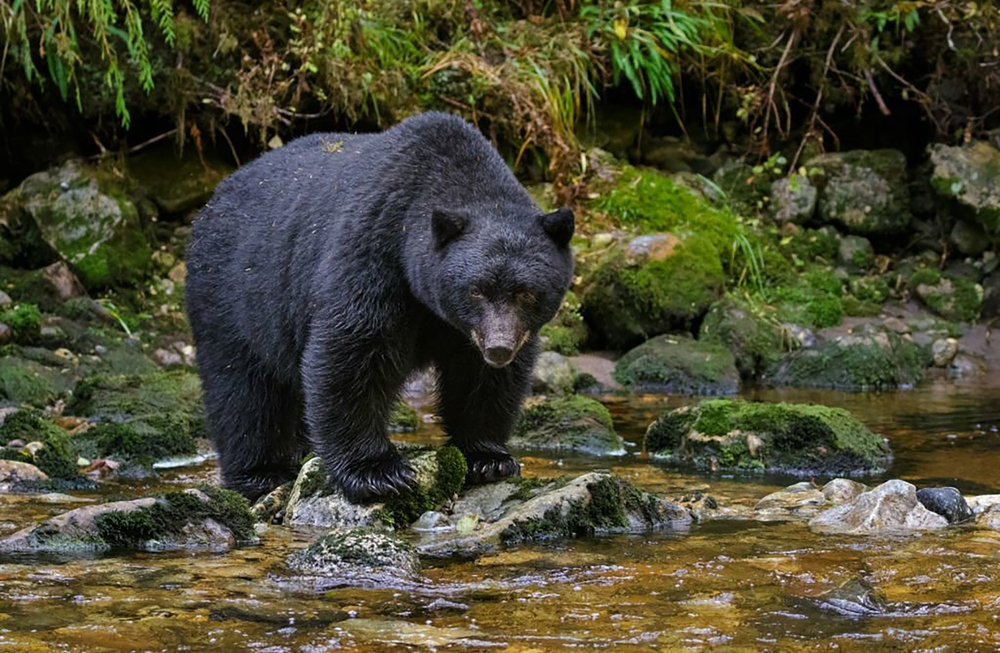
Imagine you’re hiking through a dense forest, and suddenly, you find yourself face-to-face with an American black bear. These bears are usually more interested in foraging for berries than interacting with people. Despite their typically shy nature, they can become aggressive if they feel threatened or if their cubs are involved. Keeping a respectful distance and not surprising them can help maintain the peaceful balance of the wilderness.
According to wildlife experts at the National Park Service, it’s crucial to make noise while hiking to avoid accidentally startling a bear. In areas where black bears are common, carrying bear spray and knowing how to use it can be lifesaving. Always store food properly, away from your campsite, to avoid attracting them. The key is coexistence — respecting the wild while keeping yourself safe.
2. Mountain Lion
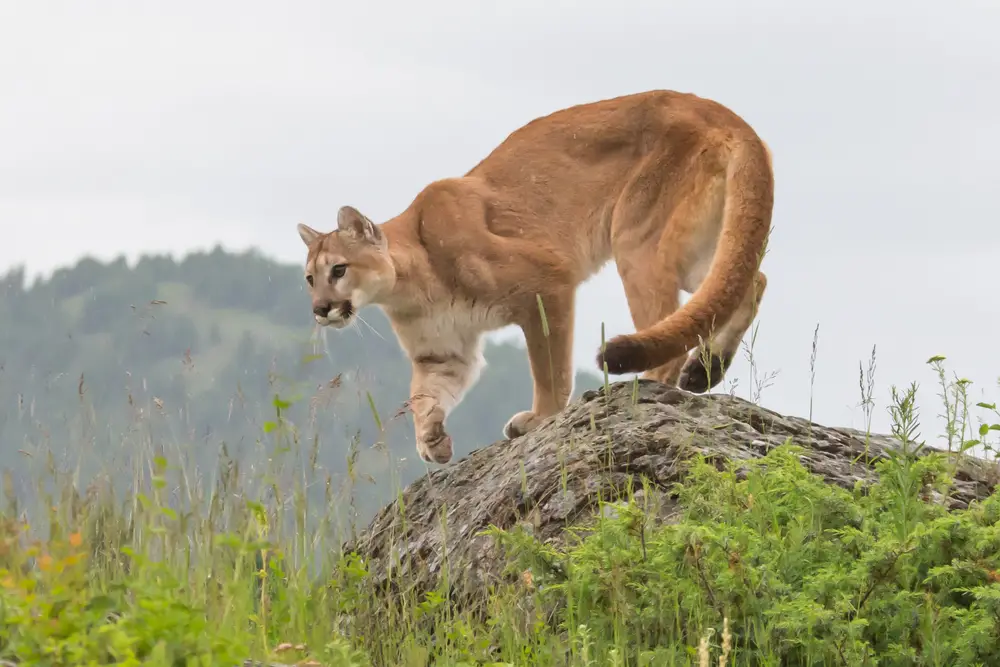
Spotting a mountain lion in the wild is as exhilarating as it is rare. These solitary predators are masters of stealth, often making their presence known only by the eerie sense of being watched. Typically, mountain lions avoid human contact, but encounters can occur, especially if you’re trekking through their territory at dawn or dusk. If you do spot one, maintaining eye contact and appearing larger by raising your arms can deter these big cats.
Despite their rarity, the thought of encountering a mountain lion can be nerve-wracking for many outdoor enthusiasts. They are known for their incredible agility and strength, capable of leaping great distances and taking down prey much larger than themselves. Keeping children close and pets on a leash while hiking can minimize the risk of an encounter. Awareness and preparedness are crucial components of hiking in mountain lion country.
3. American Alligator
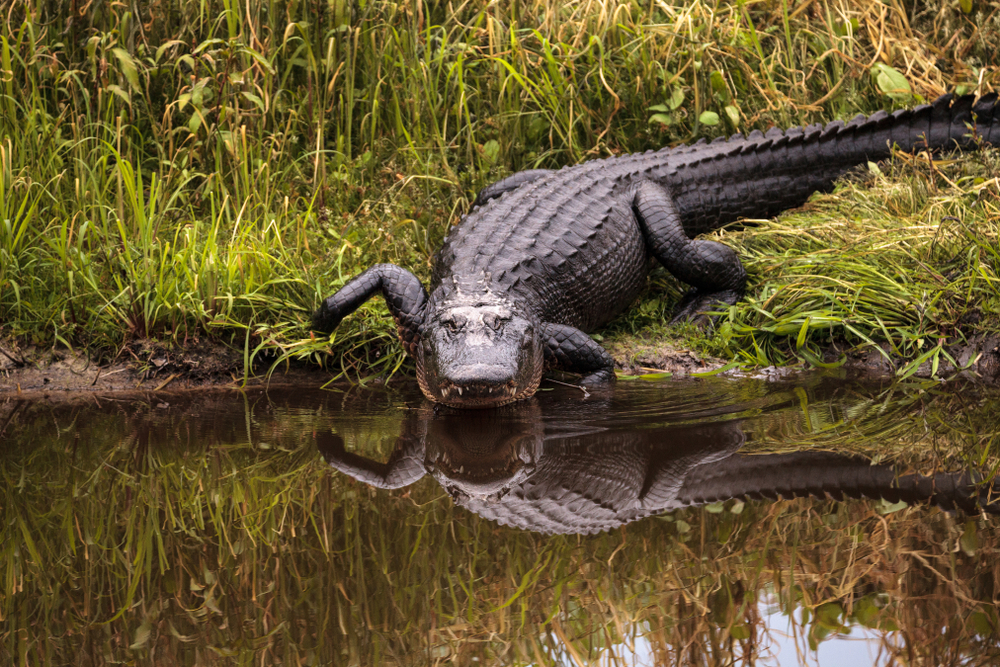
As you kayak through the swamps and marshes of the southeastern United States, the American alligator lurks beneath the water’s surface. These prehistoric reptiles have been around for millions of years, and while they generally avoid humans, they are formidable predators. Alligators are most dangerous when they feel cornered or when defending their nests. Staying aware of your surroundings and avoiding swimming in areas known to harbor alligators can help you steer clear of danger.
A study published in the Journal of Wildlife Management emphasizes the importance of understanding alligator behavior to avoid conflicts. Experts recommend keeping at least a 60-foot distance from alligators at all times. Feeding or provoking them is a surefire way to increase the risk of an attack. Remember, respecting their space is vital for your safety and their conservation.
4. Rattlesnake
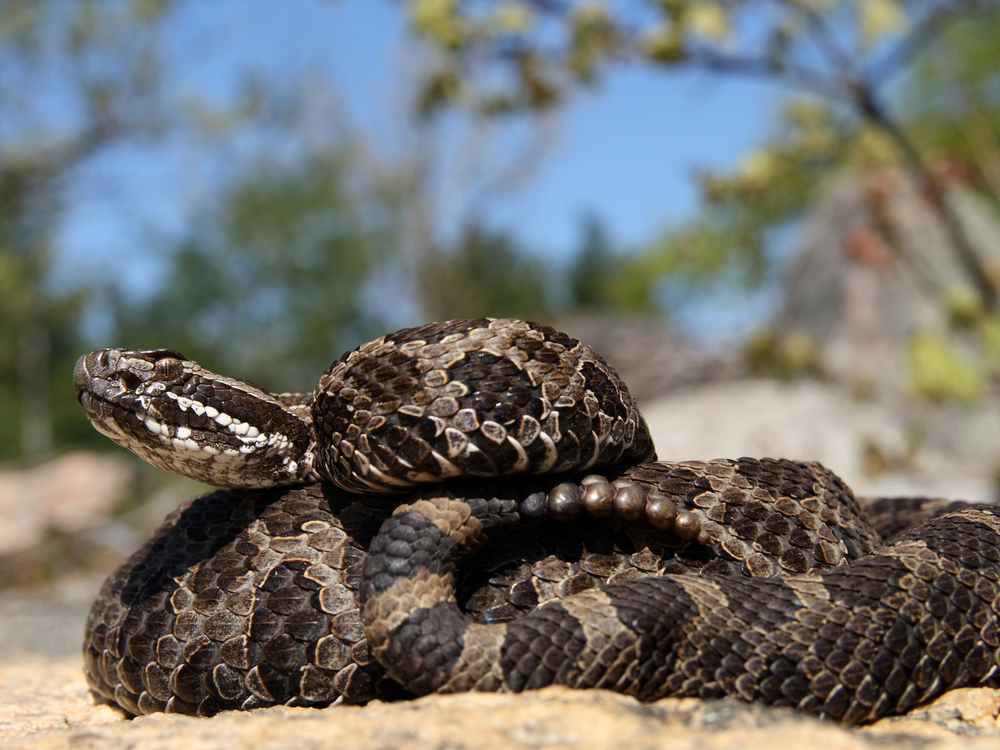
Venturing into the southwestern deserts, you may hear the unmistakable rattle of a snake. Rattlesnakes are iconic symbols of the American West, and while their venom is potent, bites are rarely fatal with prompt medical treatment. Most rattlesnake bites occur when people accidentally step on or provoke them. Giving these reptiles space and wearing protective clothing like long pants and boots can help prevent a bite.
Rattlesnakes play an essential role in the ecosystem by controlling rodent populations. When you encounter one, it’s best to slowly back away and give it the right of way. If bitten, keeping the affected limb immobilized and seeking immediate medical attention is crucial. Understanding their behavior and respecting their place in the wild is key to avoiding conflicts.
5. Grizzly Bear
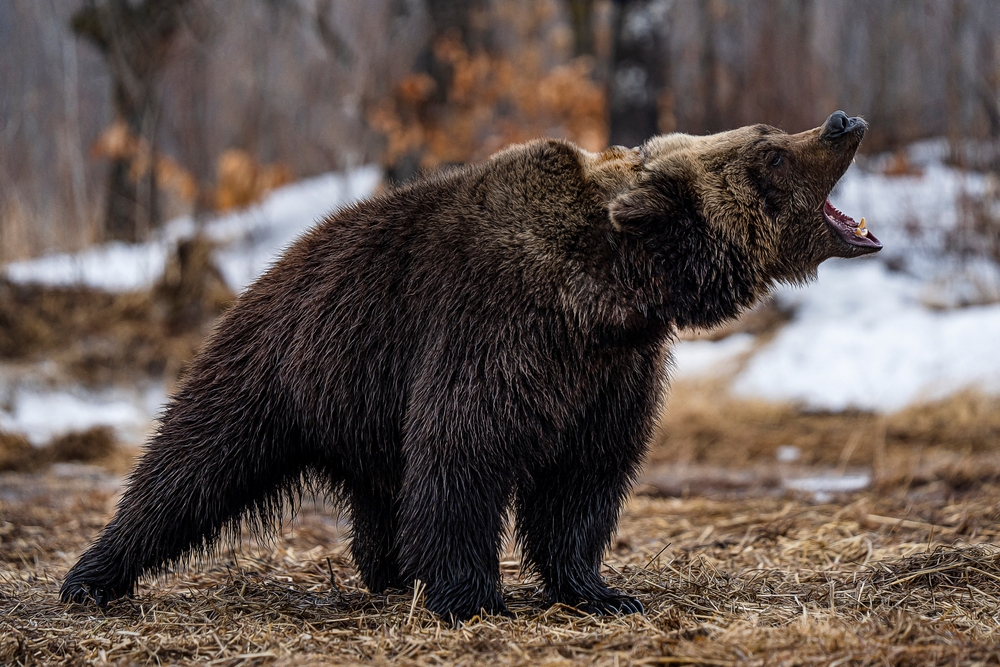
In the remote wilderness of the Northern Rockies and Alaska, the grizzly bear reigns supreme as an apex predator. These bears are larger and more aggressive than their black bear cousins, often standing their ground rather than retreating. While they mainly feast on berries, fish, and small mammals, they can become a threat if surprised or if food is scarce. It’s recommended to travel in groups and make noise to prevent unexpected encounters.
The U.S. Fish and Wildlife Service highlights the importance of carrying bear spray and knowing how to deploy it effectively. When camping in grizzly country, storing food in bear-proof containers and cooking away from your sleeping area is advised. Grizzlies have an excellent sense of smell, so any food or scented items should be safely secured. Respectful coexistence ensures both your safety and the bear’s continued survival.
6. Eastern Timber Wolf
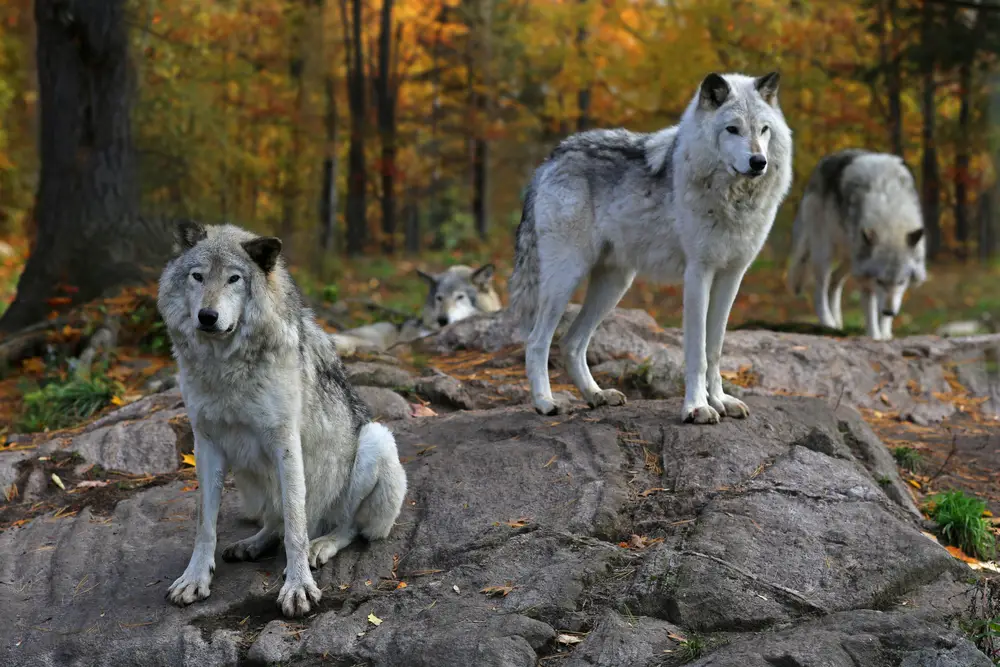
Roaming the dense forests of the Great Lakes region, the eastern timber wolf symbolizes the wild spirit of the American wilderness. Wolves are pack animals and are highly social, relying on teamwork to hunt and protect their territory. While wolves generally avoid humans, encounters can occur, especially if they are protecting their young. Maintaining a respectful distance and avoiding approaching them is crucial.
Wolves play a crucial role in maintaining the balance of their ecosystem by controlling prey populations, such as deer and elk. Their haunting howls are often romanticized, yet these calls serve essential communication purposes within the pack. For those exploring wolf territories, understanding their social structures and behaviors can lead to more respectful and meaningful encounters. Listening to the wilderness and respecting its inhabitants enriches our outdoor experiences.
7. American Bison
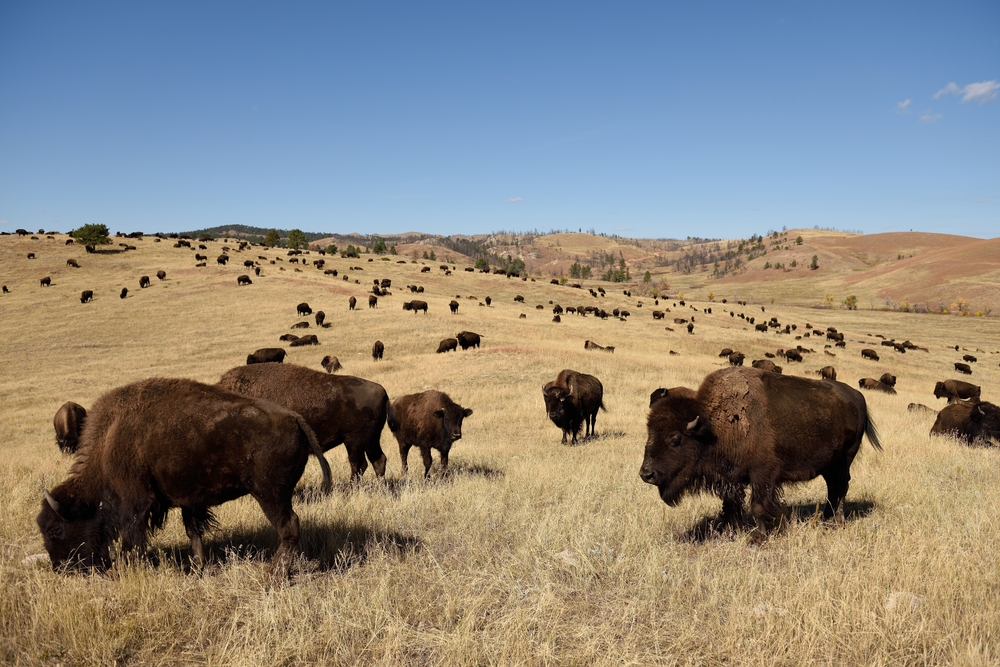
In the vast landscapes of Yellowstone and the Great Plains, the American bison roams with an imposing presence. These massive animals can weigh over a ton and are surprisingly agile, capable of reaching speeds of up to 35 mph. While they appear docile, bison can become aggressive if approached too closely. Maintaining a distance of at least 100 yards is recommended to avoid provoking a charge.
According to the National Park Service, bison have injured more people in Yellowstone than any other animal. Their unpredictable nature makes them particularly dangerous when they feel threatened. Observing these magnificent creatures from a safe distance allows you to appreciate their majesty while respecting their space. In the realm of the bison, distance equals safety.
8. Brown Recluse Spider
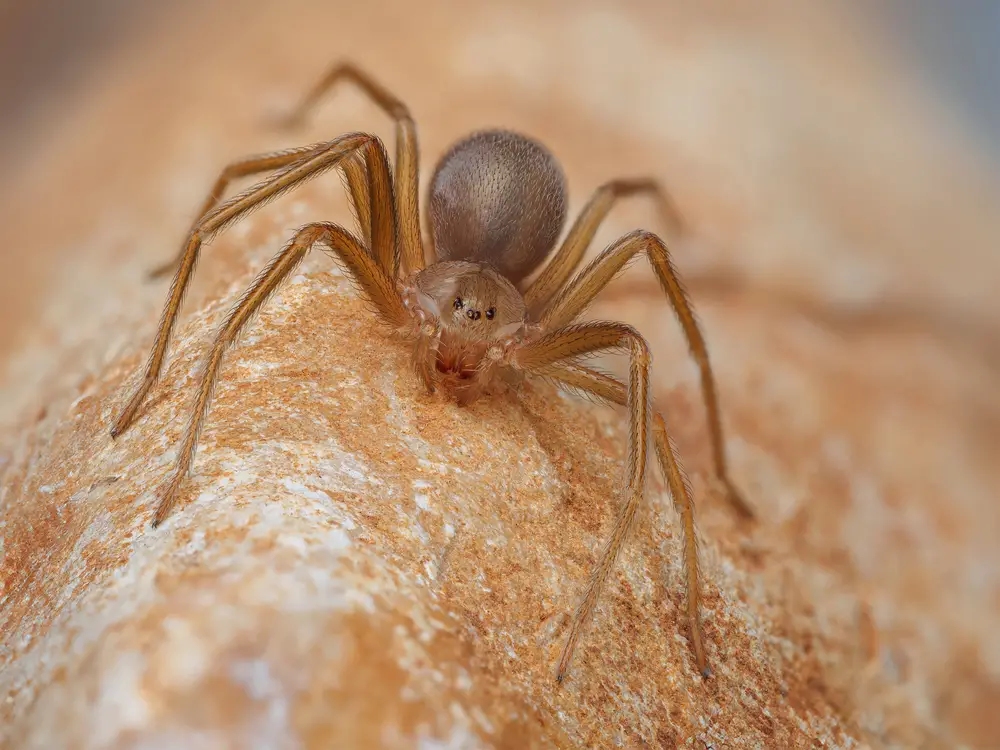
In the shadows of old barns and quiet basements lurks the elusive brown recluse spider. Its bite is infamous for causing severe skin lesions and other medical issues, but these spiders are not aggressive and usually bite only when pressed against the skin. Identifying them can be tricky, as they are small and unassuming, often hidden away in dark corners. Shaking out shoes and inspecting bedding in areas where they are common can prevent unpleasant surprises.
Despite their fearsome reputation, brown recluse spiders play a role in controlling pest populations. Their venom, while medically significant, is not typically life-threatening, especially with prompt medical attention. Understanding their habitat preferences and behaviors can help mitigate the risk of an encounter. Coexisting with these arachnids involves awareness and respect for their often-overlooked role in the ecosystem.
9. Coyote
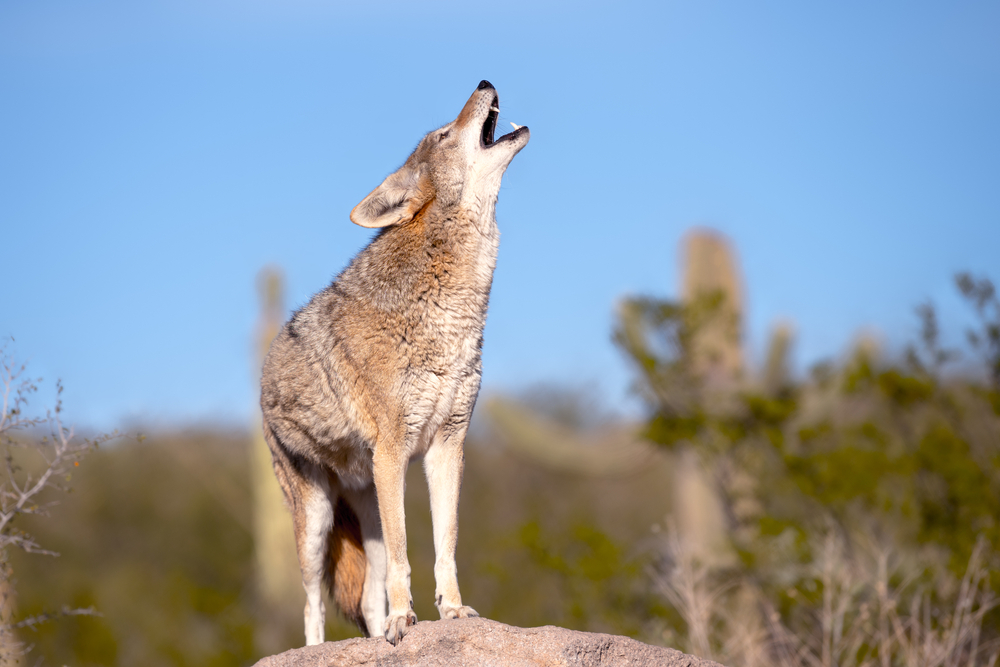
Coyotes are highly adaptable creatures found in both rural and urban areas, thriving on their ability to adjust to changing environments. These cunning animals are known for their resourcefulness and intelligence, often traveling in family groups. While attacks on humans are rare, coyotes can become bold in urban areas where food is readily available. Securing trash and avoiding feeding them can minimize negative interactions.
In the wild, coyotes play a vital role as both predator and scavenger, helping to maintain ecological balance. Their eerie, high-pitched calls often fill the night, reflecting their complex social structures and communication skills. By understanding their behaviors and respecting their territory, people can peacefully coexist with these fascinating animals. Awareness and education are key to reducing human-coyote conflicts.
10. Moose
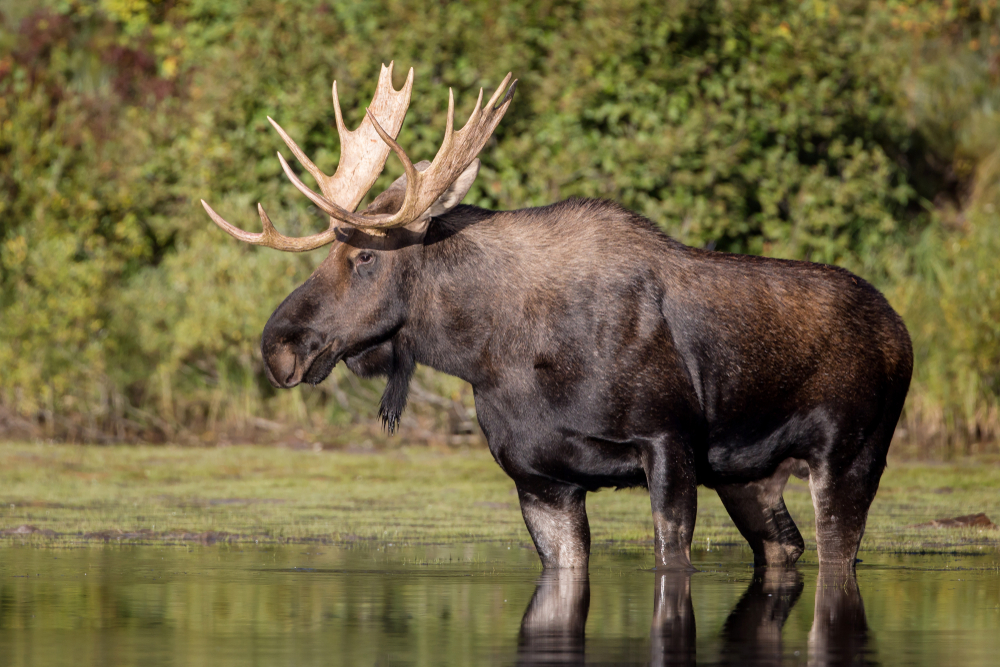
The majestic moose, the largest member of the deer family, wanders the forests and tundra of northern America. With their towering antlers and formidable size, they are often admired from afar. While generally docile, moose can become aggressive, particularly during mating season or when protecting their calves. Keeping a safe distance and not cornering them is essential to avoiding a dangerous encounter.
Moose are adept swimmers and can dive nearly 20 feet underwater to feed on plants. Their solitary nature makes encounters more likely in areas where they roam in search of food. When hiking in moose territory, being aware of your surroundings and making noise can help prevent surprise encounters. Appreciating their grandeur from a distance ensures your safety and their peace.
11. Great White Shark
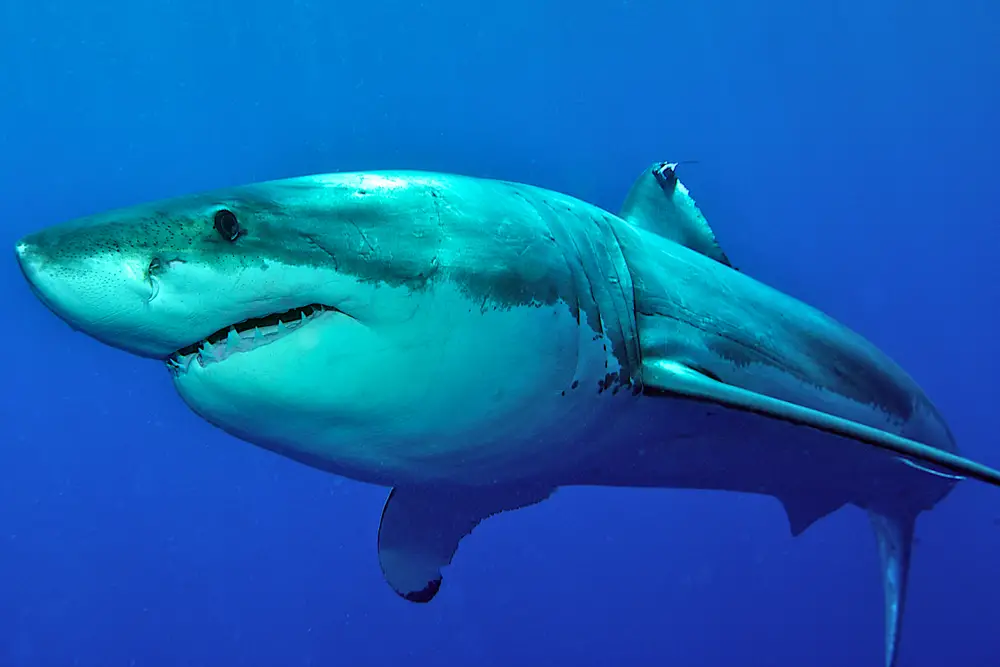
Beneath the surface of America’s coastal waters, the great white shark commands both fear and fascination. These apex predators are often misunderstood, with Hollywood portrayals painting them as relentless man-eaters. In reality, shark attacks on humans are extremely rare, and great whites often prefer seals and other marine animals. Swimming in groups and avoiding areas where sharks are known to hunt can reduce the already low risk of an encounter.
Marine biologists stress the importance of sharks in maintaining ocean health by keeping prey populations in check. Their presence indicates a rich, balanced ecosystem, vital for the ocean’s overall well-being. Understanding and respecting these magnificent creatures can lead to a more nuanced view of the sea’s intricate web of life. The ocean’s vastness holds both mystery and beauty, with sharks playing a crucial role.
12. Polar Bear
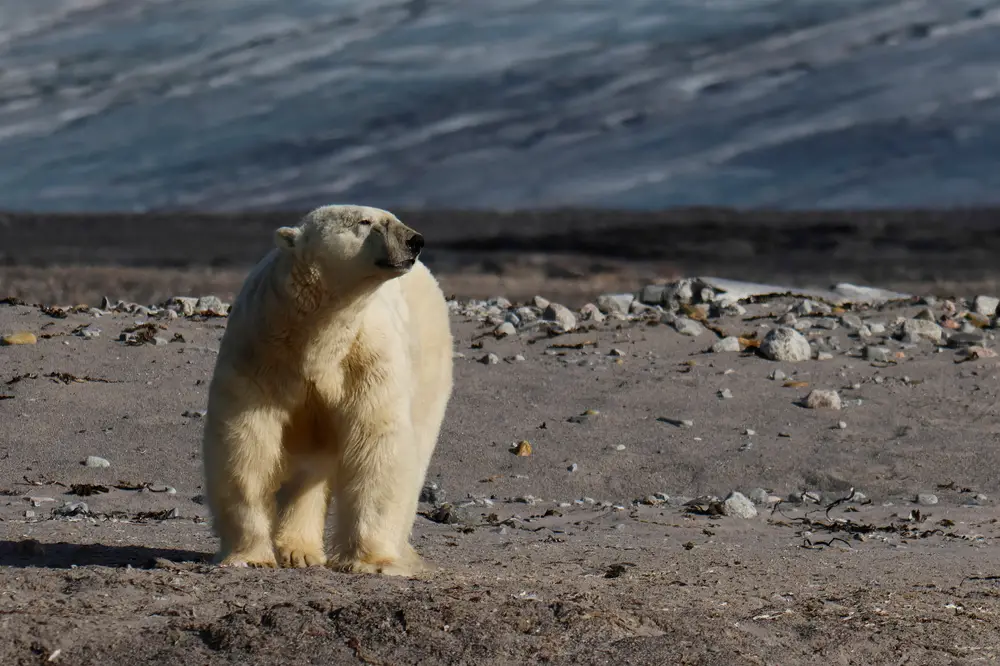
In the frozen wilderness of Alaska, the polar bear is both a symbol of the Arctic’s harsh beauty and a formidable predator. These bears are built for survival in extreme conditions, relying on sea ice to hunt seals, their primary food source. While encounters with humans are rare, polar bears can be dangerous if they wander into inhabited areas in search of food. Traveling with a guide and carrying deterrents are advisable for those exploring polar bear territories.
Climate change poses a significant threat to polar bears by reducing their sea ice habitat. Conservation efforts focus on balancing human activities with the needs of these iconic animals. For those lucky enough to witness them in their natural habitat, the experience is a reminder of both the fragility and resilience of life in the Arctic. Protecting their environment ensures their survival and the continuation of this breathtaking natural wonder.
13. Bobcat
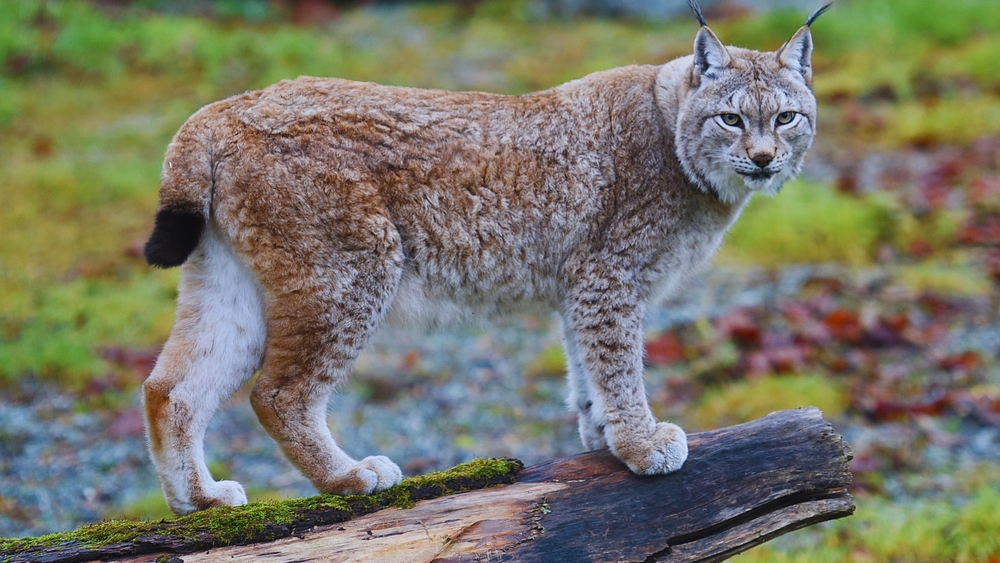
The elusive bobcat, with its tufted ears and keen hunting skills, prowls the forests and deserts of North America. These solitary animals are rarely seen, preferring to hunt at night when their sharp senses give them an advantage. While they pose little threat to humans, their presence is a testament to the health of their ecosystem. Respecting their territory and observing from a distance allows for peaceful coexistence.
Bobcats play a crucial role in controlling rodent populations, helping to maintain a balanced ecosystem. Their elusive nature and preference for solitude make sightings a rare and memorable experience. For those venturing into bobcat country, understanding their behaviors can enhance your connection to the wilderness. Embracing the mystery and majesty of these animals enriches your outdoor adventures, leaving you with stories to share and memories to cherish.
